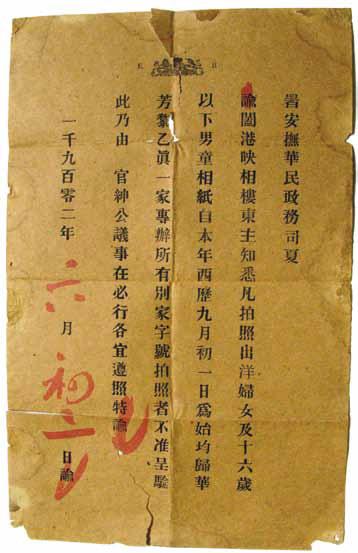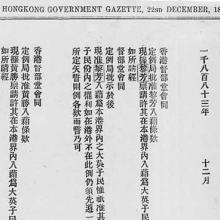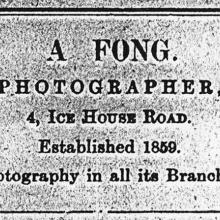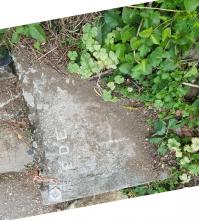This image previously appeared in Terry Bennett's "History of Photography in China: Chinese Photographers 1844-1879", published by Bernard Quaritch in 2013, with the caption:
Fig. 6.35. Hong Kong Colonial Government Ordinance, 1902, awarding
the Afong Studio a contract to take passport photographs of women and
children. Courtesy of the Hong Kong Mantra School for Lay Buddhists,
Hong Kong.
See http://gwulo.com/node/31857 for more information.
It is reproduced here with the permission of the author and publisher.





Comments
Dating a document
Greetings. The 1902 date refers to the Western calendar. However, the added Chinese character used here for the third day of June, and given the time this document was made, suggests that the author referenced the month and day to the lunar calendar. I am not sure which is correct.
A related question – if a person was born referring to western calendar, should he/she convert the birth date to lunar calendar before looking up their Chinese Zodiac? Thanks in advance. Regards, Peter
Calendar Date / Chinese Zodiac
Hi Oldtimer,
The Y, M & D all referred to the western calendar, as was the effective date as indicated in the body of the notice.
To be exact, the correct Chinese Zodiac sign should be the one on the actual day that a person was born. 2020 is the Year of the Rat and it actually does not begin until January 25, 2020, but most people would refer the whole 2020 as the year of the rat anyway.
Calendar Date / Chinese Zodiac
Thanks tkjho, by a few minutes a belated wish for you and all readers a Merry Christmas and all the best and peace in the new year - both western and lunar! I gather the text specifies September 1 for the contents to come into effect and the document was prepared - in advance - June 2.
It was the added Chinese word in also the body of the text that got me interested. When I was living in HK, I only heard elders using the word referring to lunar calendar, and of course, the Chinese lunar year niun-chur-yat. Regards, Peter